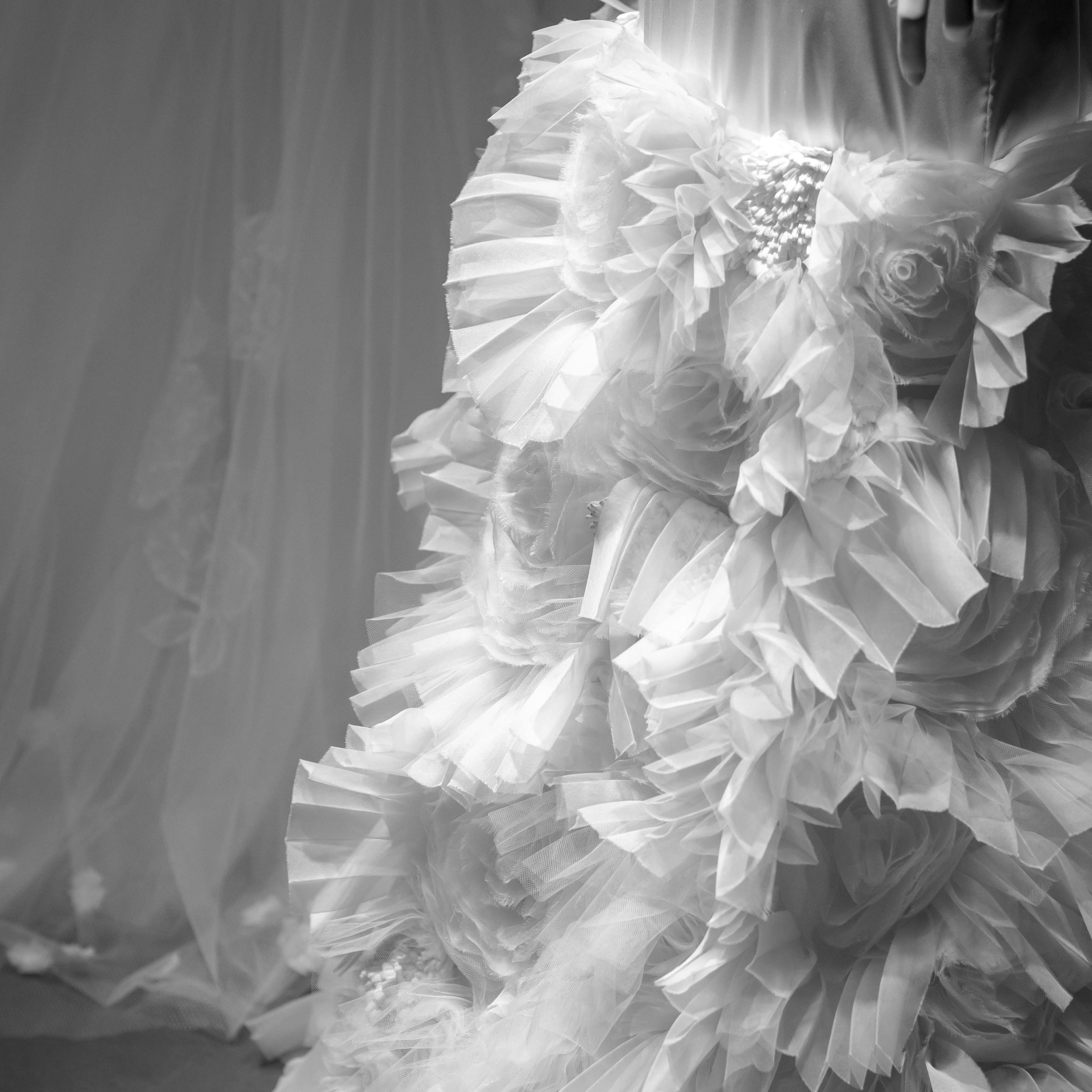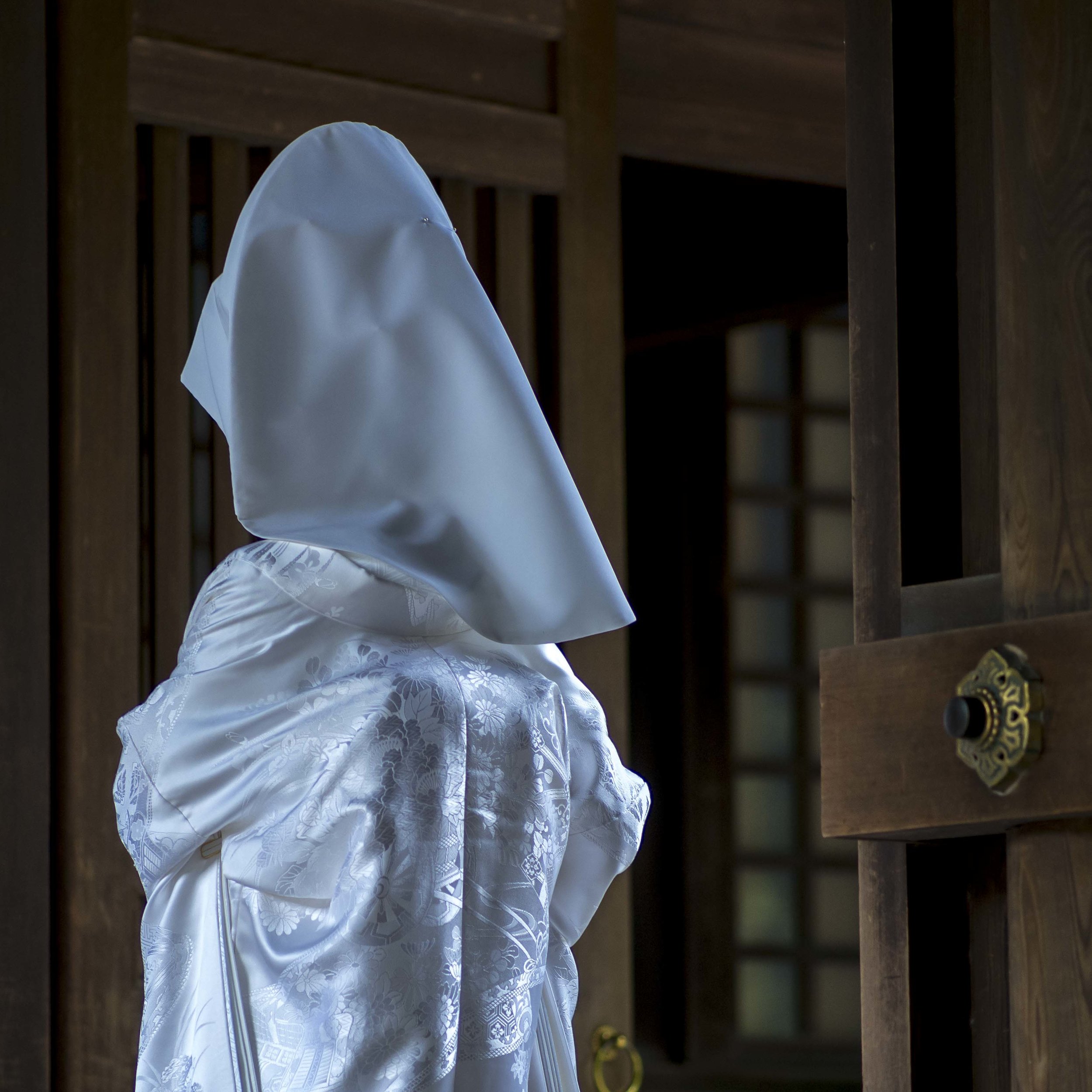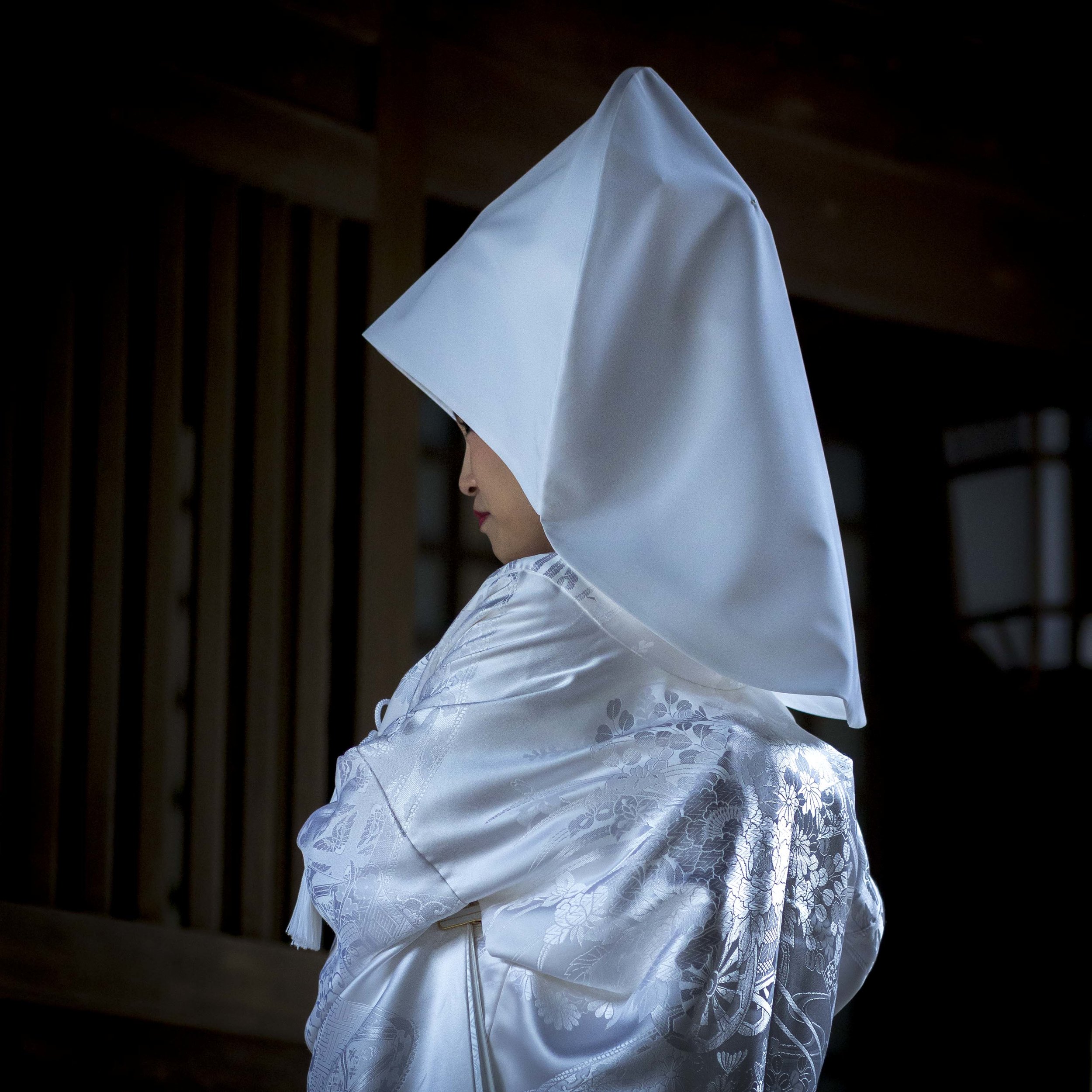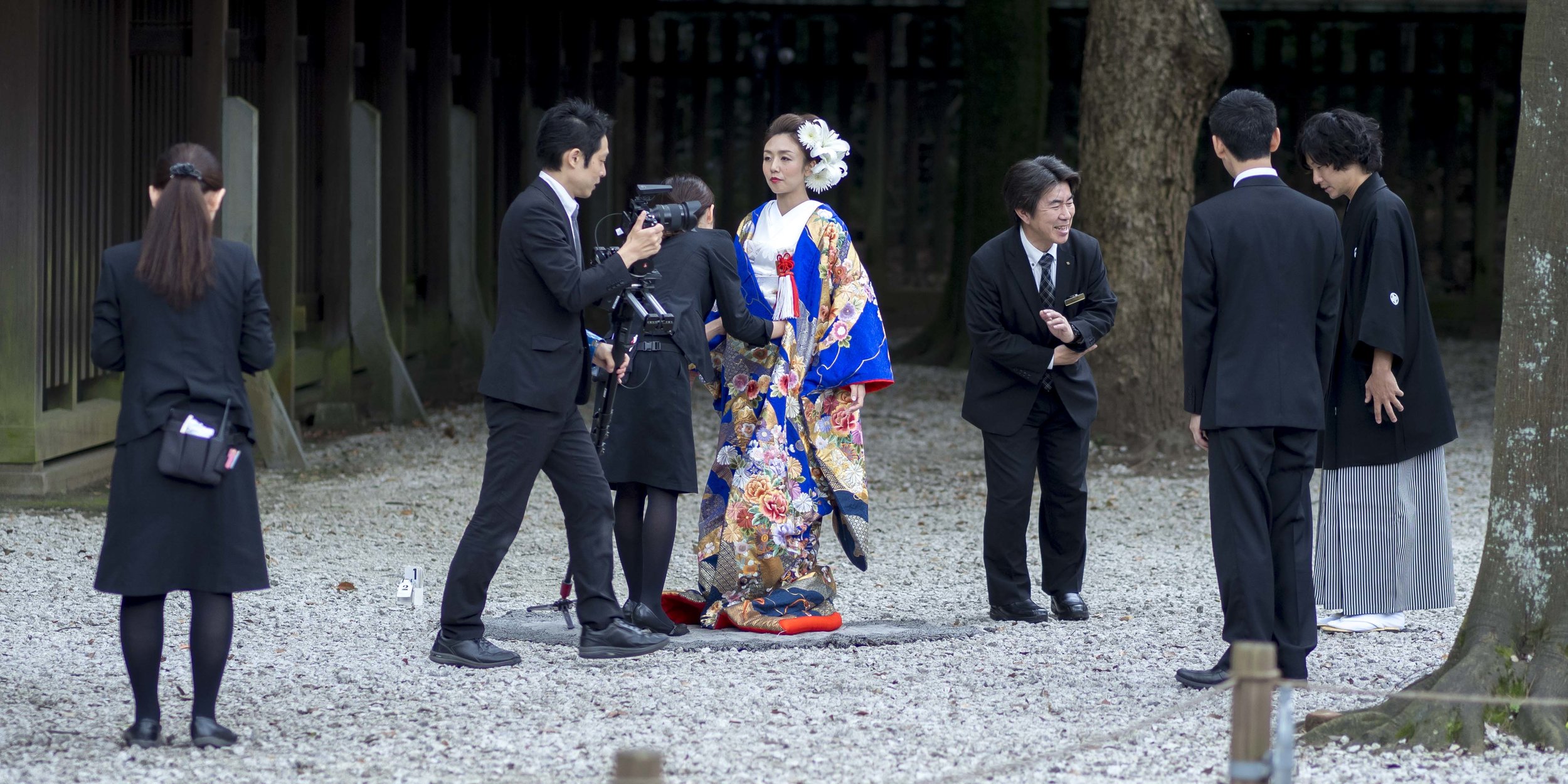Lots of images that I cannot make square, but only because i did not shoot them that way.
Fuji XA-1, 27mm

Fuji XA-1, 27mm
Lots of images that I cannot make square, but only because i did not shoot them that way.
A bunch of images taken with the budget 75-300 and EM5.

Another square find.

The trick to the square, is to shoot for a square, but (in RAW) have the ability to do slight adjustments in post.

Both of these images were improved with a very slight framing adjustment. Framing in square seems to be easy, but the fact is I think i still have my 4:3 hat on. Neither of them are better un-cropped.
Hi there. Me again, attempting to defuse some of the rhetoric surrounding sensor size and photography myths.
Sensor size is becoming the new “megapixels” selling tool in the camera industry. It is the logical place to be looking for answers, because it is the defining difference between camera formats, lens magnification factors (and depth of field0 and pixel density (not quantity, density).
The old measure, megapixels gave us an equivalent to “cylinders in an engine” measure, but it failed to qualify that with any concept of engine size. many people, persuaded by the industry that it was the only true measure, accepted that a 40mp mobile phone camera was “better” than a 12mp full frame camera. Fair cop. The industry subscribed to that form of comparison, so it copped both edges of the knife.
Now with the development of better and better phones, even they are talking sensor size, because it is the only way they can improve their product in a tangible way and they need to tell us so.
The irony is, it matters less and less as time goes on. The fall-back argument from every sensor format is generally “It is bigger than the one below, therefore more powerful”. All of these companies then state, with some foundation in truth but hypocrisy ignored, that they can effectively match the format above, or even higher in “real” terms (it is funny that Nikon has never made a big deal about the slight size increase they have over Canon, but M43 cops it from both). The reality is, there are really only three true formats that make enough difference to matter. The micro levels in between are close enough that small advances in technology can swing the balance either way at any given point.
An example of this is the EM5 mk1. On release it was good enough to intrigue a lot of disgruntled users of full frame cameras across. It’s giant killing capabilities were, at that time in history, truly ground breaking. D800 or 5D mk2 vs EM5 tests were everywhere and often proved one thing. They proved that even is a sensor is half the size of it’s competitor, it can be found to match or even exceed it if technology, timing and circumstances are right, but just as easily, the tide will turn back again in the favour of the deposed champion.

Taken with an EM5 mk1 and “budget” 45mm lens hand held. This can be enlarged to 20” square and every fine detail scrutinised at far to close a distance. There are cracks that do not even show up until enlarged. I can only guess what a Z7, 5Ds or A7r3 could reproduce in the same situation, but when it was released, this was a revelation for me, a Canon full frame user. A Sony RX100 or Fuji medium format camera would probably match the quality at the same print size, so an even bigger print would be needed to split the field.
For years Canon had an almost 2:1 advantage in pixels over Nikon in full frame cameras, but the Nikon faithful hung in there, then the tables turned, and in reply the Canon legions generally held firm. Most of the movement went in the direction of mirrorless, not chasing pixels but just wanting a change (indeed, many of the mirrorless migrators went down in pixels).
The three format groups are;
Compact camera/Video/most newer mobile phones. These tiny sensors can produce convincing 12x18” prints, but “stress” easily, have too much depth of field to make traditional portraiture viable without gimmicks and cannot handle too much manipulation.
The new 1” sensor super compacts up to full frame (and some future mobiles?). All of these sensors can fool the same viewer with huge prints, in fact it usually takes close scrutiny on a screen to see any difference. Each sub-format has advantages in depth of field, ISO performance etc., over the others and equally has it’s own weaknesses, but at the end of the day, ever since the first 6mp APSC sensors, professionals have been able to function and artists able to impress with these formats. The internet is rife with comparisons between “X” and “Y”, so the proof of the pudding is in the eating. No single format in this range has been able to convincingly win the format wars and the split hairs are getting ever finer. They are all relevant and they are all needed, or they would go the way of true APSC film (a true photo Dodo).
I believe we will be getting some more clarity in this area as the full frame and 1”/M43 segments become more defined, with APSC (except Fuji) becoming largely redundant with Sony/Canon/Nikon/Pentax. These formats have never been taken seriously by these brands. Look at the shelf life of their 7D and D300-500 cameras, covering over a decade between two models, when their full frame cameras can change two to four times over the same period. Add to this the lack-lustre range of smaller format dedicated lenses (20+ years before either made a dedicated 50mm equivalent).
The third format grouping is the medium format or bigger segment. There is a genuine increase in colour depth, pixel pitch and pixel density here and a corresponding decrease in depth of field. Becoming more affordable and eminently more user friendly, they will become the professionals choice in many fields, much as they were in the film era.
Outside of these yawning chasms of size difference, there is still too little between formats to make any real difference.
Can any m43 through FF camera do modern pro work?
Yes.
Can some do some things better than others?
Yes.
Do most people buy more pixels than they need?
Yes.
Do you need to love and trust your camera (what ever form that is) to get the best from it?
Yes.
In others words, don’t sweat the small stuff.
Lately, my gear has settled really well. Little improvements I desired have effortlessly come to pass, bigger things are promised on the horizon.
Looking back at my kits of the past, I must admit to seeing a pattern. Sometimes the very same gear gets bought, sometimes the same role is filled with similar variations and sometimes an actual improvement, a better application of an old idea is achieved.
For example,
In my “L”/primes only phase my landscape kit looked something like this;
5D body, 24 T/S, 35L, 50 macro (the only sensible one), 100 macro (swapped out for an 85 f1.8 if not doing landscapes), 135L, 200L, 400L, 1.4x extender, 25mm ext tube, filters in three sizes with stepping rings, all stuffed (some how) into a Lowepro Flipside 400. This required a monster tripod (Berlebach, Manfrotto 058) with an even bigger gauge head (029 Manfrotto). Results were mixed, with the 200mm never settling down fully even on the wooden Berlebach tripod.
Pride over common sense 9/10 productivity 4/10
This became a more realistic and sensible* kit, by repeating some past purchases.
5D body, 17-40 f4L, 50 macro, 70-200 f4L, extender, tube, filters in two sizes with stepping rings etc and the 400L as an option. Same bag and tripod, smaller head (the little magnesium 460), but less stuffed, allowing me to carry non photographic items. I still owned the primes, but saved them for more logical applications.
Pride over common sense 7/10 productivity 7/10
Current kit;
Pen F (or EM1 depending on weather), 12-100, filters. This fits in either an Inverse 100 bag or Turnstyle 10 sling. The tripod is a small 190 Manfrotto with Promaster 425 head (no plate required for the Pen F with grip). This also allows the kit to be carried with an expedition back pack not instead of (backup gear included). The lens covers my needs for macro, long, wide and sharp.
Pride over common sense 2/10 productivity 9/10
The results out of each kit were potentially the same, but the consistency of anticipated results got better as I went along. From concept to photo to pack-up with the first kit, could take 2-10 minutes always employing a tripod. With the latest kit 3-5 seconds hand held or 15 seconds to 2-3 minutes with a tripod and filters.
The “five stages of the photographer” cite as (I think) step 2 or 3, the “gear hoarder”. I have repeated this one at least twice, I even think I am in a mini re-run now***. This comes from the feeling that you can now control all elements of a photographic situation as long as you have the wide/close/long/fast/sharp aspects all covered. The gear is king, because the photographer is not yet.
Now here is the thing.
If you were presented with a subject rich photographic environment and any reasonable camera and prime lens combination (from a plastic film camera to a medium format monster) and were asked to exhaust the photographic opportunities within that environment, you probably never could, especially if time was not an issue.
Having more options covered with gear is a false safety net. Just to get anything done photographically, a decision has to be made using your perceptions and drawing from your memory. This is limited and flawed. You are not a computer, so save your sanity, your mind makes the available options limited to those that fit with your acceptance of what makes a good image and habits of the past. The opportunities offered will vary with each subject, but most likely your responses will not.
Preconception of an image, based on experience with your gear and memories of images that inspire you** will usually take over, unless you deliberately choose to experiment and go outside of your comfort zone. If you have a lot of gear, you have a lot of choices to make, but those will likely each become more limited due to option overload. Possibly this means you can work one subject to death with all of the options at hand, so a 10 foot hike may be possible! I used to get untold variety out of a garden we had, but more lenses, less travel is not ideal.

A product of a predictable technique and years of repetition. I could do this over and over using the same lens type, technique and perception of light, but am I missing other opportunities with different approaches? On the other hand, should I leave these up to others to do and stick to what gets results for me? This was taken in a road side bramble bush.
A seasoned photographer who has gone through this process at least once would be able to say (not arrogantly, just realistically), that they could take an image with any lens/camera in any circumstances and possibly even, an image to their liking. They are not saying they would take the best image or even the one they would like to take, but an image none the less, because the available photographic options in any one place, even with only one perspective available are almost unlimited and an experienced shooter should know how to find some with any kit.
As you grow as a photographer, your ability to see images through more lens perspectives will grow, but most likely, your lens needs will become more defined and reduce naturally. Many experienced and specialist image makers can even function with a single lens for an entire photographic situation.
Look at the work of any photographer you admire. Chances are they have limited their gear and technique options, so they can concentrate on the subject. Many of my favourites use a single prime (2-3 at most) and a semi fixed style, to free their senses and in turn their creativity within these limits. They know if they tried to cover every eventuality, they would most likely lose this deeper connection to their creative side.
What would I tell my past self? A 24-105 zoom would do for landscapes, add in a fast 35 and 135 for street and maybe a 300mm for events and all would be done, but that would be cheating!
*Landscape photography is an exception to my own rule of “no zooms because they introduce too many speed reducing variables”. Time is on your side, so heavy cropping and rushed compositions are not needed. This is when a zoom is brilliant. I also never see the value in f2.8 zooms for landscape shooting. The widest aperture will never be used, the quality is the same, but they weight and cost twice as much.
**There is nothing wrong with this, it is all part of the process, but it needs to be recognised for what it is. Ansell Adams coined the phrase “pre-visualisation” to describe the process of deliberately seeing the end product in in your head before taking and processing. Trying to predict out comes. This is not possible if you do not limit variables.
***I think I am in an advanced form of this where I feel I need to cover all of the types of rendering lenses can offer. This includes 3d look, Bokeh and that “indefinable something”.
Meiji Castle wedding. The photography looked to include a cast of many.




